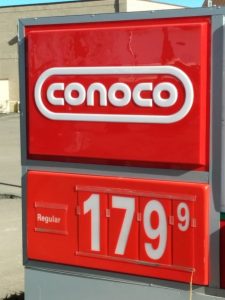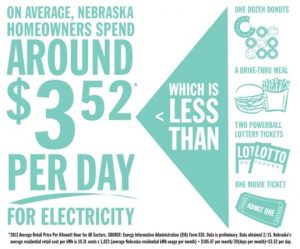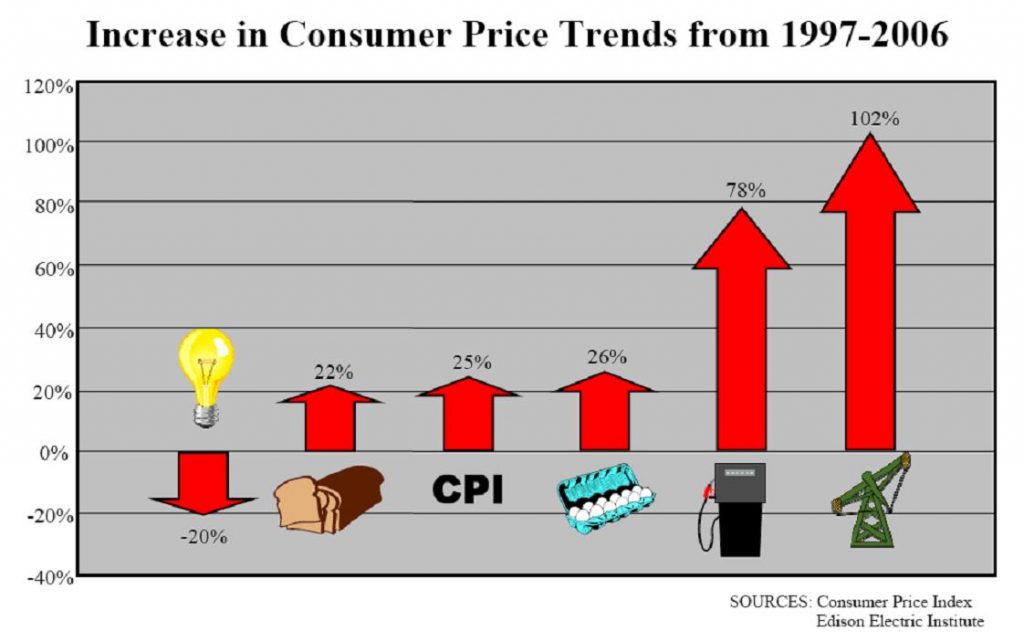 I filled my car up with gasoline the other day, delighted that gas prices have fallen by about 50% in the last seven months. But that price collapse creates big problems for some utility communicators.
I filled my car up with gasoline the other day, delighted that gas prices have fallen by about 50% in the last seven months. But that price collapse creates big problems for some utility communicators.
Price increase communications was this year’s biggest challenge facing utility communicators and marketers, according to Budgets, Gadgets & Price Increases: EEC’s 2015 Survey of Utility Communicators & Marketers. In some cases that’s because this was the 6th or 8th or 10th year in a row that a specific utility has increased its electric prices. In other cases, it’s because prices have not increased for 20 years, and no one knows how customers will react to the planned boost.
Falling gasoline prices pose a serious messaging dilemma for utility communicators. In recent years, the cost of electricity held pretty steady for most consumers while the price of food, gasoline and entertainment rose. Given those circumstances, a staple of utility price increase communications has been, “The price of our electricity is increasing at a far slower rate compared to these other consumer goods, such as food, gasoline and entertainment.”
Sometimes utilities refer to price changes in “real” terms, i.e., removing the effects of inflation. More than a few utilities have used some variant of this Consumer Price Increase chart (below) in their messaging. In some ways, this is a natural comparison, but I don’t recommend it, in part because it sends a defensive signal: “Sure, price increases suck, but ours suck less than these other providers.” Not really a compelling value proposition, is it?
And now that gasoline prices have fallen by 50%, are utilities rushing out to halve their prices? No. Instead, electric prices, in general, are rising, albeit at a modest rate. That points up one of the dangers of linking changes in your prices to changes in the prices of other goods: when the price of those other goods plummets, but your prices remain stable, or even increase, consumers might ask, “Why aren’t you decreasing prices by 50%?”
Many utilities are looking for effective ways to message about the value of electricity or natural gas. As well, many utilities are trying to find palatable ways to discuss price increases.
 Take a look at what Nebraska Public Power District (NPPD) is doing, because they’re on the right track. They have been using a variant of this ad for about two years. Like the CPI graphic, it relates the price of electricity to the price of other consumer goods. But it doesn’t try to track percentage changes over a period of time, and it doesn’t try to show “real” price changes, as the CPI chart tries to do. Instead, it communicates with customers in a way that’s familiar, showing today’s nominal prices for various consumer goods, and letting customers reach their own conclusions.
Take a look at what Nebraska Public Power District (NPPD) is doing, because they’re on the right track. They have been using a variant of this ad for about two years. Like the CPI graphic, it relates the price of electricity to the price of other consumer goods. But it doesn’t try to track percentage changes over a period of time, and it doesn’t try to show “real” price changes, as the CPI chart tries to do. Instead, it communicates with customers in a way that’s familiar, showing today’s nominal prices for various consumer goods, and letting customers reach their own conclusions.
And NPPD doesn’t take another common utility approach – comparing its prices to regional or national electricity prices. Again, that approach is understandable – particularly if your price is lower than the regional or national price. But with the exception of a tiny fraction of customers who pay electric bills in more than one service area, no one cares what someone else living somewhere else is paying for electricity or natural gas. You care what you pay.
Communications tip of the month: If you live in Nebraska, you don’t really care about what electricity costs in California. But you do care what a lottery ticket costs in Nebraska. That’s how consumers think, even though it may make no sense to economists. Use the customer’s frame of reference when discussing price trends for your product.
That’s another reason to recommend NPPD’s approach: it’s so straightforward! In essence, NPPD is saying, “Here’s what the average Nebraska homeowner spends on electricity every day, and here’s what that homeowner would spend — today, in their community — to purchase other common consumer goods.”
The consumer gets the message: I can buy a dozen donuts for what I pay every day to light my home, warm or cool my home and cook my food. Measured by that standard, electricity’s a good value!
What makes NPPD’s graphic so unusual is they were able to get outside themselves — they took off their “utility” hat and put on their “consumer” hat. Rather than compare electric prices/bills in Nebraska with electricity prices/bills in California, they compared Nebraska’s electric prices with the price of other goods and services that Nebraskans buy.
It’s a smart approach, one I recommend other utilities follow.


